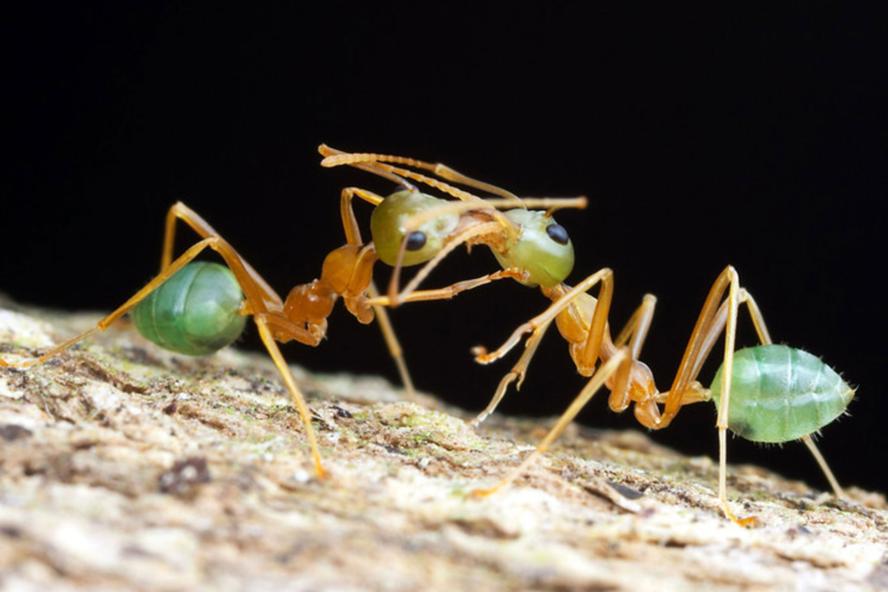Recognition Systems
The field of behavioral ecology developed (initially) around the theory of kin selection (see Dugatkin 2001). Hamilton (1964) quantified kin selection using an inequality (Hamilton's rule) that incorporates relatedness between individuals with the respective costs and benefits of a behavior. Ultimately, Hamilton's rule indicates when a costly behavior would be selectively advantageous. Not only did this provide a viable explanation for the evolution of eusociality, but also set off a flood of kin recognition experiments (reviewed in Fletcher & Michener 1987; Hepper 1991; Sherman et al. 1997). Kin recognition, however, is a single example of a much larger topic: recognition behavior.
Recognition behavior is a critical aspect in the life history of organisms across all taxa. For example, it is used in differential treatment of kin, preferential selection of mates, and consistent discrimination between feeding and/or breeding habitats. Indeed, recognition behavior is relevant for virtually all inter- and intra-specific interactions in which any form of discrimination occurs. Because of its importance, considerable effort has been put forth to describe the underlying common components of recognition systems (Sherman et al. 1997). Explanations of these systems typically subdivide the behavior into three main components: expression, perception and action (Holmes & Sherman 1983; Reeve 1989; Starks 2004). The expression component refers to the development of recognition cues, the perception component refers to the detection and assessment of cues, and the action component refers to the resultant behavior given the assessment of the cues. My lab uses the recognition system framework in much of our research.

References
- Dugatkin LA, Ed. (2001) Model systems in behavioral ecology: integrating conceptual, theoretical, and empirical approaches N.J.: Princeton University Press
- Fletcher DJC & Michener CD, Eds. (1987) Kin Recognition in Animals. Wiley
- Hamilton WD (1964) The genetical evolution of social behaviour. I & II. Journal of Theoretical Biology 7: 1-52.
- Hepper PG, Ed. (1991) Kin Recognition. Cambridge University Press
- Holmes WG & Sherman PW (1983) Kin recognition in animals. Am. Scient, 71: 46-55.
- Reeve HK (1989) The evolution of conspecific acceptance thresholds. Am. Nat. 133: 407-435.
- Sherman, PW, Reeve HK, & Pfennig DW (1997) Recognition systems. In: Krebs J, Davies N (eds) Behavioural Ecology Blackwell, Oxford.
- Starks PT (2004) (Ed.) Recognition Systems. Annales Zoologici Fennici volume 41, issue 6